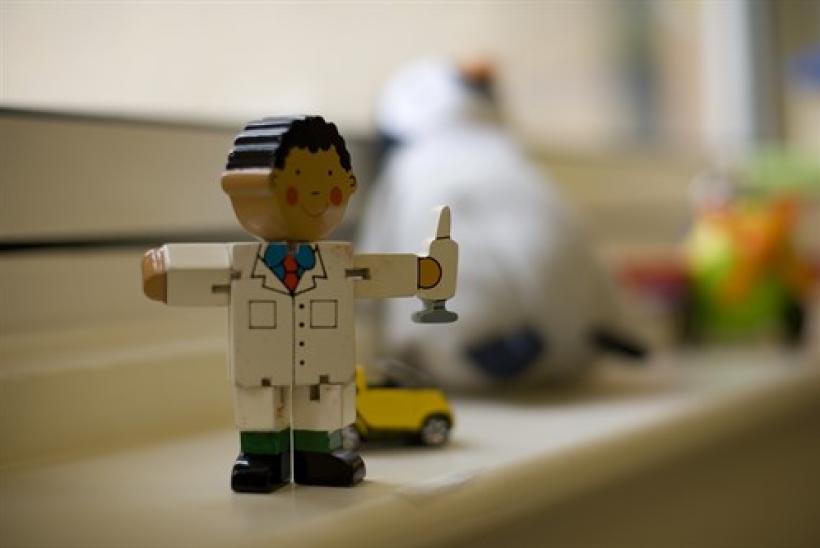Specialist Paediatric Dietitian discusses the effects of obesity on the body this World Anti-Obesity Day
What is obesity?
Obesity is a condition where there is excess body fat. In simplistic terms, obesity may develop when more energy than what is required by the body is consumed, and not enough energy has been expended through activity or exercise. Both genetic and environmental factors can lead to the development of childhood obesity.
Why does obesity snowball into life threatening health issues?
Overweight children are at high risk of becoming obese adults. Overweight children and young adults are more likely to have problems with high blood pressure, high cholesterol, type 2 diabetes, and other conditions that are linked with excess weight including asthma, non-alcoholic liver disease, gall stones, problems with joints and polycystic ovary syndrome. These health problems arise when childhood obesity continues into adolescence and then adulthood; particularly when the cause of weight gain is not addressed early. It only takes a small positive gap in energy intake to lead to weight gain. When poor eating patterns are not addressed early, on-going weight gain can lead to overweight and then obese children. The good news is that health problems such as high blood cholesterol and blood pressure linked to obesity can be managed early in childhood. When left untreated, these health concerns can progress into life threatening problems later in life. Identifying and treating rapid weight gain early to prevent children from becoming obese, is key.
How obesity affects the body:
Brain and Heart
In obesity, blood vessels to the brain and heart may become narrowed, making it difficult for the heart to pump blood through-out the body efficiently.
Recent research conducted by a team of consultant from Great Ormond Street Hospital for Children in London and UCL Great Ormond Street Institute of Child Health into the impact of obesity in children has shown that children who are obese have stiffer arteries. Stiffer arteries in adults are linked to problems such as strokes and coronary artery disease which can lead to an earlier death. Dr Lee Hudson from the study has concluded that ‘there was sufficient evidence to suggest that obese children have higher rates of stiffening of their arteries which provides evidence that these children are at risk right now of heart disease when they grow older.’
Eyes
Obesity can be linked to vision loss through increased risk of retinal inflammation.
Lungs
Obese children are more likely to suffer from asthma and sleep apnoea.
Stomach
Obese children may have increased abdominal fat and increased risk of cancers of the stomach.
Pancreas
Obese children are more likely to develop type 2 diabetes due to a poorly working pancreas. Adults who are obese may be at increased risk of pancreatic cancer.
Liver
As obesity and diabetes have become more common, so has fatty liver disease. Abdominal obesity and metabolic syndrome cause insulin resistance. This insulin resistance increases fatty acid levels in blood which causes fat to accumulate in liver cells. Fat in liver cells causes inflammation and damage to liver tissue.
Knees and other joints
Obesity may increase the risk of osteoarthritis and the need for total knee-replacement. This further affects ability to participate in sport and can make daily simple tasks such as walking and sitting painful.
Mental health
Children who are overweight or obese are sometimes bullied at school, this can affect a child socially and emotionally. Not being able to participate in school activities, or being excluded from peer groups due to bullying, can also cause feelings of isolation.


